Explore the Cosmic Dance of Stars and Planets. From gravity to habitable zones, unravel the wonders of our universe. Read on!
Folks, have you ever looked up at the night sky and wondered about those twinkly
stars and maybe even spotted a planet or two? Well, believe it or not, there's a whole cosmic dance happening up there between these celestial bodies!
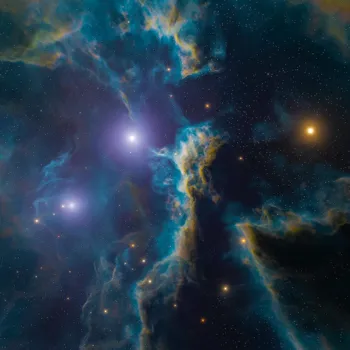
It's not just a pretty sight; their relationship is super important for how our universe works, even impacting whether a planet can support life, like our Earth. Let’s break down this beautiful connection in simple terms, keeping everyone from young kids to seasoned stargazers in the loop.
Stars provide energy, planets reflect light and orbit stars at ideal distance for life
Imagine a star as a giant light bulb, way bigger and hotter than anything we can imagine. These stars, like our very own Sun, are the main sources of energy in their respective systems. Now, planets, they are different.
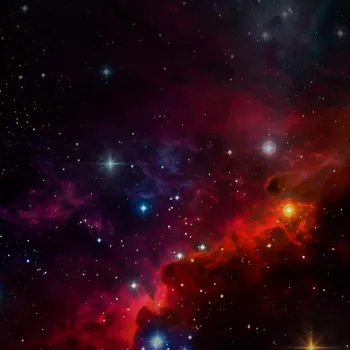
They don't produce their own light; instead, they reflect the light from their star. This fundamental difference sets the stage for the intricate relationship we are talking about.
The star’s gravity is what holds the planets in orbit, kind of like how a string keeps a ball tied to your hand when you swing it around. The distance from the star is important, if it is too close the planet will be too hot for anything to survive. If it is too far it will freeze over.
Distance from star affects water existence on planets, vital for life
The distance between a planet and its star plays a massive role in whether or not that planet can have liquid water, a key ingredient for life as we know it. This area around a star where liquid water can exist is often called the "Goldilocks zone" or habitable zone.

Not too hot, not too cold, just right! Earth, lucky for us, sits right in the Goldilocks zone of our Sun. Imagine a planet orbiting a super hot star; the water would evaporate quickly! And a planet too far away? The water would freeze and turn into ice. It is all about that right balance.
And what about the type of star? Brighter stars might have a larger habitable zone, while dimmer stars have a smaller zone that's also closer in. Many things go into making a planet habitable.
Stars and planets form from gas clouds in space through gravity and fusion
Now, let's talk about how stars are born. They start from giant clouds of gas and dust in space, called nebulae. Gravity pulls these clouds together, and as they collapse, they spin faster and faster.
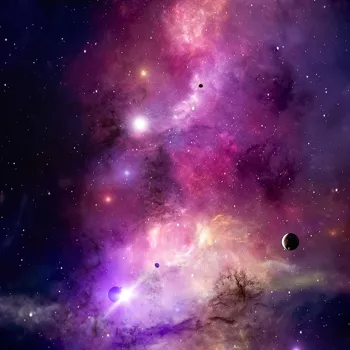
Eventually, the center of the cloud gets so hot and dense that nuclear fusion starts, which is basically like a giant hydrogen bomb going off constantly. This is when the star is officially born! But what about planets? Planets are thought to form from left over material around the start.
The dust and gas come together forming bigger and bigger clumps. It is thought that the planets could have formed this way. Scientists might one day be able to tell us definitely how these planets are formed around stars. This is a very complex topic and one of the hardest to understand.
Earth's tilt causes seasons as it orbits the Sun; scientists study planets and stars
Think about the seasons. The Earth is tilted on its axis, which is why we experience different seasons as we orbit the Sun. When our part of the planet is tilted towards the Sun, we experience summer, because we get stronger, sunlight. When it's tilted away from the Sun, it's winter.
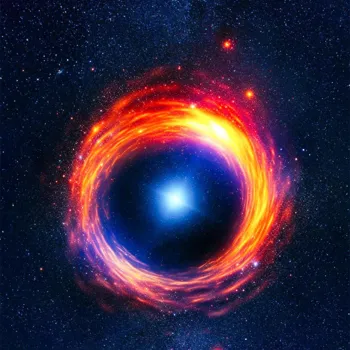
The tilt is important on the temperature of our planet. Many planets rotate, and it is not known why some rotate faster and others don't. There are things that scientists, all over the world, are finding out about planets and their stars.
Some stars that are found in the universe are far further than our own. Some scientists believe there are planets around these far, far, stars the same as ours.
ISRO and NASA use telescopes to explore planets for signs of life
Many things are yet to be found out about these stars and planets, even with the invention of high powered telescopes. The Indian Space Research Organization (ISRO) and NASA are working very had to find out different information about planets and their stars.
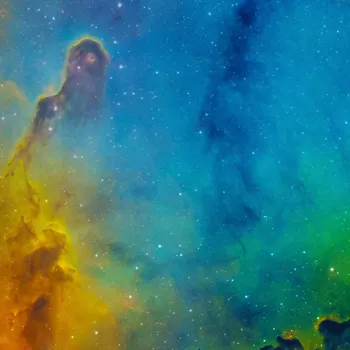
With these high-powered telescopes there has been several advancements in space travel, some we only dreamed about years again. These telescopes are searching the skies to see if they can find planets that may harbor life.
The scientists hope that they will one day find evidence of life of the planets.
Night sky stars are part of a vast cosmic dance
So, the next time you look at the night sky and see a star, remember that it's not just a lonely point of light. It's part of a whole system of planets, all held together by gravity and energy. It's a cosmic dance that has been going on for billions of years, and we’re all part of it!
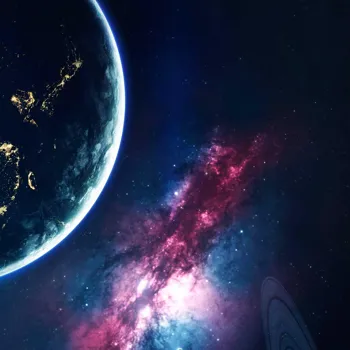
Keep looking up and keep wondering, because there's always something new to discover in the vast universe.
AI Generated Content. Glance/InMobi shall have no liability for the content